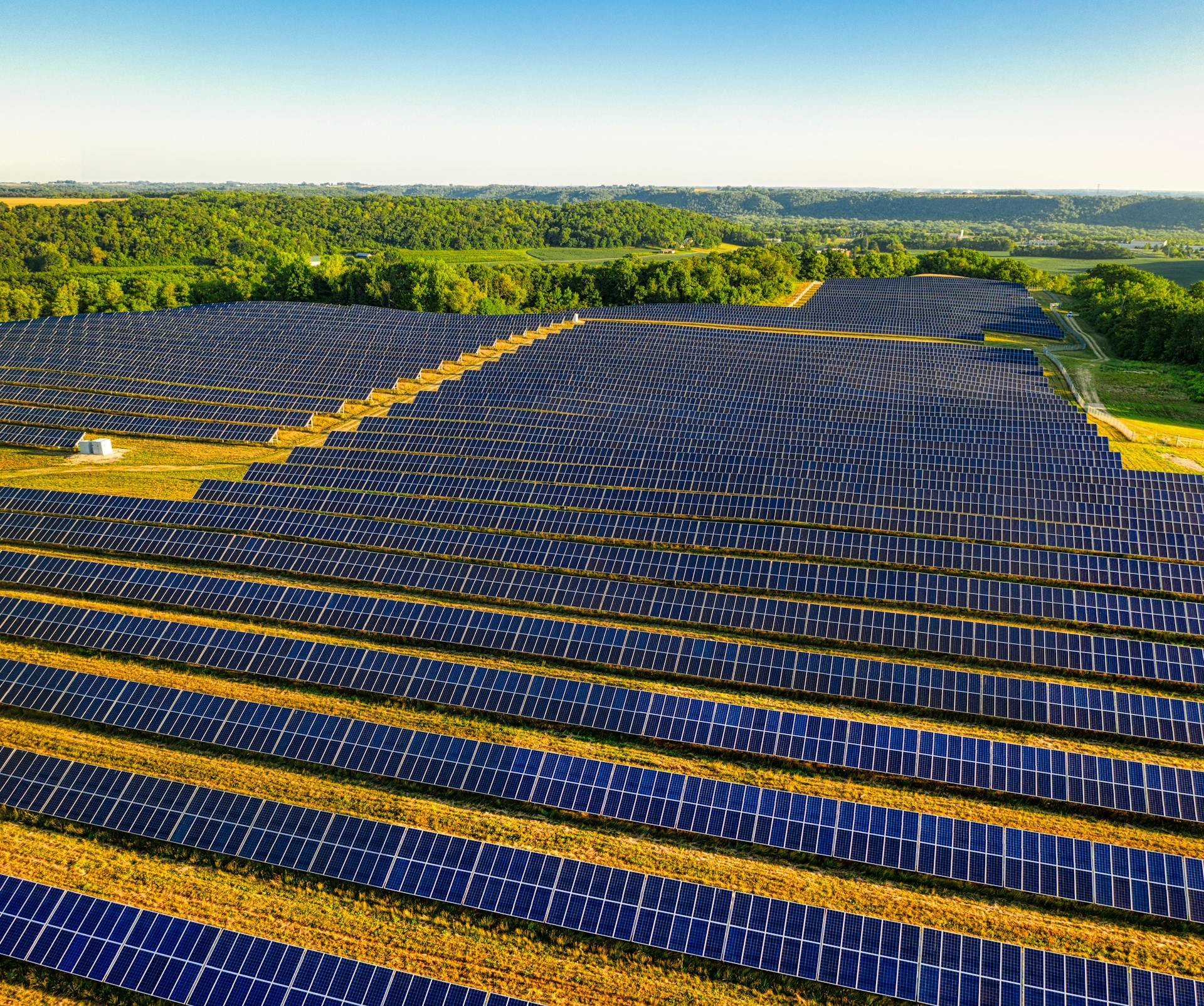The power sector is growing at a rapid pace to cater to the ever-increasing requirements of a fast-developing economy, and it is solar power, which is setting the tone for this unprecedented growth, emerging as the fastest growing energy source in India. With more and more developers pumping in huge money to line up one mega solar power project after another and the government providing the much-needed impetus to achieve the 100-GW target, the solar sector is growing by leaps and bounds. Backed by a project pipeline of more than 20 GW, this upward trend will pick up momentum in 2017.
India’s installed solar capacity recently crossed the 10-GW mark, a milestone that should act as a stimulus for unprecedented capacity additions in years to come. Far exceeding the growth projections of leading market analysts, solar power generation has more than doubled in the past one year, and it will not come as a surprise if the installed capacity records a threefold increase by the end of next year.
In fact, the way things are shaping up, especially in southern states like Telangana, Andhra Pradesh and Karnataka and traditionally well-performing states like Madhya Pradesh and Rajasthan where many big projects are coming up, we may soon see the volumes growing exponentially. No wonder, India is all set to emerge as the world’s third largest solar market next year, after China and USA.
The coming year will also witness the execution of many large solar parks. Encouraged by an enthusiastic response from the private sector to the solar park scheme, the government is planning to double this capacity from 20 GW to 40 GW.

Going by the constantly declining tariffs, which have now touched the Rs 3 per unit mark, we are likely to achieve grid parity in 2017 itself, thus preparing the ground for high-trajectory growth. With costs of solar panels declining steadily and states like Haryana and Telangana coming up with favorable policies, the rooftop segment is also expected to grow phenomenally in 2017. Better implementation of net metering regulations and disbursal of subsidies, coupled by the renewed focus on increasing rooftop solar deployment on government buildings, will give further impetus to rooftop solar across all consumer segments.
As the industry introduces more and more cost-effective solar PV technologies, off-grid solar opportunities are also poised to grow proportionately. But to ensure that the gains are not offset by the introduction of GST, we expect the government to exempt the solar sector from this tax. We also expect the government to make the solar industry more competitive by providing incentives to domestic module manufacturers and setting aside substantial funds for conducting R&D in more efficient and cost-effective solar technologies so as to reduce dependence on imports. A steep hike in import duty should be affected to prevent cheaper modules from flooding Indian markets.
But all the progress on the solar front will come to nought if we do not upgrade our transmission lines in sync with the heavy doses of solar power being injected into the grid. Preparing for the challenge, the government is in the process of setting up special green energy corridors for the smooth evacuation of solar power, which will be one of the major focus areas in 2017 with eight such transmission corridors coming up across the country.
We will see more and more states constantly upgrading the grids and coming up with new ones to match the outflows created by new solar projects, much on the lines of Andhra Pradesh which has a parallel plan on T&D ready for every solar project. The process has already started in states like Telangana, Punjab, Rajasthan and Madhya Pradesh, which are also stepping up efforts to upgrade grid infrastructure. These developments will give a much-needed boost to the solar EPC industry, bringing new opportunities for up-and-coming companies like Hartek Power.
The favorable business environment will translate into cheaper finance options with banks, financial institutions and funding agencies vying to attract investors. Lower financing costs will only add to the financial viability of solar projects, which many still view as a costly business proposition. With India leading the International Solar Alliance from the front, the government is likely to back the initiative by floating special funds for solar energy and introducing financing measures like clean energy fund, generation-based incentive-linked loan repayment and green bonds to facilitate project developers looking for suitable funding avenues. Requiring an investment of at least $100 billion to get to the 100-GW target, India will also step up its efforts to rope in international funding agencies for more capital.
Considering the pace at which solar projects are coming up, operation and maintenance will be another major thrust area for the Indian solar sector in 2017, opening the doorways to new opportunities for solar solution providers like Hartek Group, which specialises in operation and maintenance as part of its integrated services and solutions. After all, solar plants have to last a good 20-25 years, for which their maintenance on a quarterly basis becomes absolutely necessary.
Last but not the least, solar energy will continue to empower the New India by lighting up many more off-grid remote areas with rooftop plants and generating thousands of jobs. Solar energy holds the key to India’s sustainable and long-term growth, and the growth story has just begun.
Share:
Explore More
Keep up-to-date with the most trending news stories that are shaping the world today.







